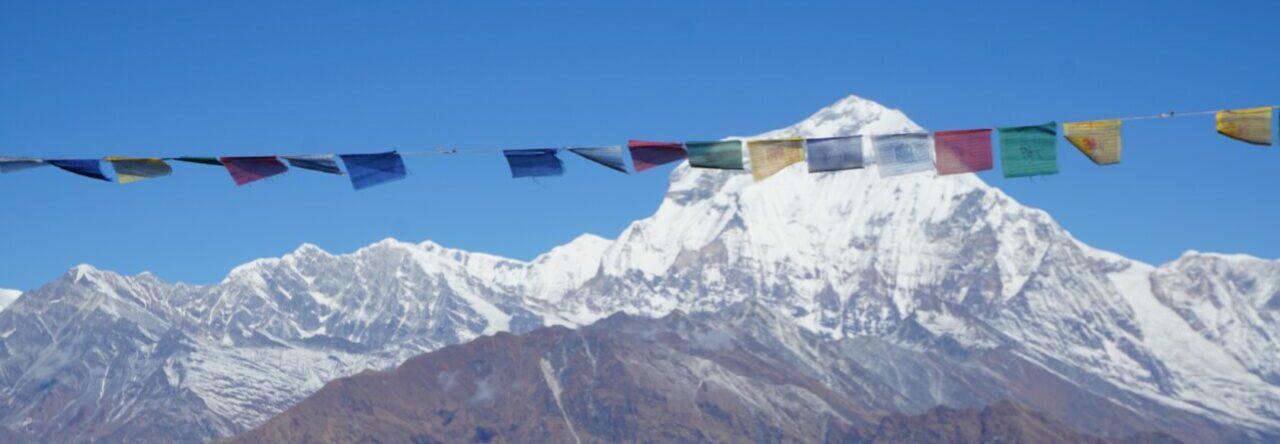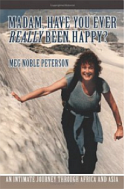India is a little like the picturesque New England town once visited by a fancy city slicker, who stopped to ask directions of a salty old character, who was sitting on a stone wall chewing tobacco. After many questions the old guy finally said to the irrate tourist, ” Y’know, you just can’t get there from here!” Well, that’s exactly how Gullvi and I felt when we got in the middle of nowhere in somewhere India and realized that we had to work ourselves out of a labyrinth of small villages and towns to get to the treasures we longed to see, like the caves and the animal reserves.
I skip ahead, since several of you have asked me to explain more thoroughly the modes of transportation available to the adventurous traveler who doesn’t want to go by tour bus or taxi or plane. This morning, before Gullvi left for Bangkok, Koh Lanta, an island off the coast of Thailand, and Cambodia, we decided to count the number of local buses, trains, and tuk tuks (auto rickshaws) we had taken in the last two weeks, and the hours spent standing by the side of the road, breathing exhaust gas and waiting for a bus that had two empty seats. We realized that the Indian people have been very welcoming to us to the extent that they would stop and shake my hand as I stood on a high train overpass waiting to descend with my heavy duffel bag and say, “Welcome to India…can I help you?” That is, welcoming except for the buses. There it was a free-for-all and nobody would give way. We finally decided that we were considered poor or bad mannered or pretentious for traveling in such a lowly fashion, and simply kept to ourselves in our misery.
Like so many foreigners who arrive in Delhi, the tuk tuk has a special fascination. Bicycle rickshaws are simply too dangerous in fast traffic, and it weighs on our conscience when, as two tall foreigners, we have to watch a spindley-legged man huff and puff up the smallest incline. Then there’s also the price. A cab costs twice what a tuk tuk does and a bus, of course, costs pennies (or should I say rupees). So last week, after we came off our second class sleeper train from Jalgaon to Katni and were served an excellent breakfast of eggs, toast, and coffee for 58 rupees, at a hole in the wall (all done by charades, since very few people speak English in this part of India), we started searching around for the best way to get to the Wild Haven Resort in Tala.
The tuk tuk drivers at the r.r. station wanted 2,000 rupees, so we opted to go to the bus station, where the cost of the bus was only 100. Gullvi, who was still suffering with what I politely call the Indian whim whams, looked so disconsolate sitting in her seat that I thought I’d surprise her and try to bargain with a tuk tuk driver for a better price. And if there were an emergency along the way, we could always stop by the side of the road. So out I went to a gaggle of vehicles and was pounced upon, immediately, by a crowd of drivers all shouting bids. A tall swarthy young man said 1200, as did another next to him. I started walking away and they followed. Since I had already handed my duffel to a fellow, who locked it in the baggage compartment of the bus, the driver assumed I was a sure passenger. Why he cared I will never know, but he did. I rushed in with the news of my success, but Gullvi, who had said, “It’s your decision, Meg,” seemed less than pleased when she saw the rickshaw and the young men vying for our business.
A brawl erupted with shouting recriminations, most of which I could not understand. Suddenly, a man, connected to the bus company, started pointing at me and yelling, “You want to go in that rickshaw? Look. It’s disgusting. It’s dirty and it’s unsafe. You will die.” He continued. “You can go for 100 rupee to Umaria and another 50 to Tala, and, instead, you will pay this man much money. And what will you pay? You don’t even know. So instead of three hours it will be four…or five.” I wanted to say it’s none of your business, but I was taken aback by such vehemance, and my faith in the rickshaw was somewhat shaken. One hundred kilometers IS a long way!
The driver of the bus, who spoke no English, was waving as well and indicating that I couldn’t have my bag, since the man who put it there had the key and was gone for who knows how long. Then another advocate for the tuk tuk got into it and told me that the price was great and there was absolutely no danger…but he, too, was almost too vehement. This was becoming a war and the sides were drawn.
“Gullvi, Gullvi, what shall we do?” Gullvi looked pale as she turned from one to the other. “It’s your decision, Meg,” was all the help I got. How could such a minor thing balloon into such a fracas?
My pride would not let me submit to the unpleasant bus people, so I retrieved my bag and hopped into the “disgusting” rickshaw. As we were about to leave the parking lot, another man came up to the driver and gave him a phone number, which he wrote on his arm with a pen. Something about “in case of emergency.” Then there was the mention of the police, and Gullvi blanched. What had I gotten us in to? Was this driver, who had lowered his price to 1,000 by now (about $21.00), wanted by the police? Was he a drug addict? And who was the young man who jumped into the seat beside him. I shouted, “You will take nobody but us!” Good grief…I was sounding as bad as they were.
Out we bumped, nearly hitting the roof on the first pothole. We didn’t talk until we were well out of town and pulled into a gas station. At that time I noticed that the younger man had stopped to buy something. Just as we started out, the driver opened a packet and was about to pour the contents into his mouth. I screamed and hit his arm, shouting that he was not to use anything while he was driving us. He apologized and threw the packet out. Now I was sure we were being kidnapped by drug lords. I knew that the packet had some kind of snuff and nicotine powder in it and simply made you a little high. But I would have none of it.
We headed into the countryside and noted that this was definitely not a bus route. Actually, it was a lovely country road with very few vehicles and lots of rolling hills and farms. I relaxed. Gullvi relaxed. We shared cookies all around and arrived inside the Bandhavgarh Tiger Reserve only one-half hour behind the bus. The last eight kilometers were constant potholes and the road was inside the reserve, where at any time we could come upon a tiger. A bit unnerving, but very beautiful. I spent my time eyeing the underbrush nervously.
Would I do it again? Well, let me think on that. We tipped the driver well and thanked him profusely. How wrong we were to be so scared. Is there something about two Geminis and drama? It was probably the most delightful pastoral journey of our time together. Lesson learned.
I almost forgot to tell you. In my three months in India I’ve taken nine trains, one sleeper bus, five local buses, one all-night regular bus, and too many tuk tuks to remember…and I feel that I really KNOW this part of the Indian countryside. And what I know–the lovely patchwork of green fields, the community festivals, the spiraling smoke of small brick factories, the numerous ox carts full of laughing children and weatherbeaten farmers, and the countless variety of brick and wooden houses with their tile or thatched roofs, shacks, tents, and villas–I like. India is forever fascinating. A dull moment does not exist.
Lest you think that I am complaining about our seemingly haphazard transport, on the contrary. The planning part was a pain at times, but if you have an organized friend like Gullvi Eriksson, who can find her way home without dropping bread crumbs, you have it made! Sometimes I think that I just sat back and enjoyed the ride.
As we prepared to leave Bandhavgarh (yes, the tigers will come soon), Gullvi announced that we were going back to Katni by taxi…and no argument, please. So you see, even the hardiest of travelers needs a little luxury once in awhile.
We had finally succumbed, and we laughed gleefully all the way, like two little girls caught with their hand in the cookie jar. We deserved it and we loved it!


